The Kuala Muda District: History of the Administrative Centres of Kota Kuala Muda and Sungai Petani, 1905-1957 discusses some important events that shaped the history of the Kuala Muda District in the first 50 years since the introduction of a modern system of administration in Kedah in 1905 until Malaya’s independence in 1957. More specifically, it highlights the development of the two administrative centres of the district, namely Kota Kuala Muda and Sungai Petani. The study, first, shows the transformation of Kota Kuala Muda from a feudal territory to a modern administrative centre of the district in 1905 which saw the establishment of several public offices, including the appointment of government officers to run the affairs of the district. It then focuses on Sungai Petani and its emergence as the new administrative centre in 1915, in place of Kota Kuala Muda, leading to the construction of a new township including roads, railway, buildings and expansion of plantation agriculture.
The study also deals with some aspects of the Japanese occupation and the Emergency and how these events affected the people in the district. In sum, this book depicts the trials, tribulations and triumphs that the Kuala Muda District had gone through in the past. The purpose of this study is to highlight the development of Kota Kuala Muda and Sungai Petani as administrative centres of the Kuala Muda District from 1905, when modern administration was first introduced to Kedah, until the independence of the Federation of Malaya in 1957. It must be admitted, however, that the study has some gaps as not all aspects of the history of the two places for the period mentioned are discussed due to various reasons, including lack of documentary evidence. This book is meant for a wide range of readers, notably historians, researchers, as well as the general public.
The Kuala Muda District in Kedah, located in the basins of two major rivers the Sungai Muda and Sungai Merbok, is an important district with a long and rich history behind it. It is bordered by the Sungai Muda in the south with Province Wellesley on the opposite bank, in the north lies the Pendang District, northwest the Yan District, and towards the northeast, the Sik District. From the west coast, its interior extends eastwards up to the borders of the Baling and Kulim districts. In the first decade of the 20th century, when the Baling and Sik districts were part of the Kuala Muda District, its eastern border extended even further, as far as the steep jungle-covered mountains on the Rehman boundary where the Perak and Southern Thai boundaries meet. The highest mountain in Kedah, Gunung Jerai, is also located in the Kuala Muda District. Like the rest of the state, Kuala Muda is essentially an agricultural district with rice, rubber, oil palm cultivation and fishing as important occupations of the people. It was once well-known for its rich tin deposits as well, but these resources have depleted over the years. Today, in keeping abreast with modern development, several light industries have Sprung up in various parts of the district. The most important town and administrative centre of the district are Sungai Petani, which is located ideally in the central part of Kedah.
The Kuala Muda District derives its name from Sungai Muda, the longest river in Kedah, which has its source in the mountains on the northeast of the state close to the border with Thailand. It is said that the name given to this river by Europeans is a misnomer. It was given under the impression that “Kuala Muda” meant “the mouth of the Muda River”. However, the actual name of the river is Sungai Kuala Muda—the river with a new mouth, as the position of the river mouth was said to be always changing caused by the movement of tidal waves. In the upper reaches, the river is called Ulu Sungai Kuala Muda, and at its mouth, Kuala Sungai Kuala Muda. But the river has all along been known as just Sungai Muda and the wide expanse of land at the mouth of the river as Kuala Muda. When the territories of Kedah were demarcated into modern administrative districts in 1905, this part of Kedah was named the Kuala Muda District following the name of the territory. Kota Kuala Muda, a small but long-established port for south Kedah, the only settlement of some standing in the region and once the de facto capital of the state when Siam overran Kedah between 1821 until 1842 was hence the natural choice as the administrative centre of the district. But due to various reasons, after just ten years, the entire administration at Kota Kuala Muda was uprooted and moved to the emerging town of Sungai Petani located in a more central part of the district. That brought to a close Kota Kuala Muda’s role as the centre for the modern administration of the district.
Though short-lived, nevertheless, it was at Kota Kuala Muda where modern administration 0{ the Kuala Muda District all began. Sungai Petani is relative of recent origin but its rapid rise as an administrative as well as a commercial centre has been remarkable. Currently, Sungai Petani is the second most important town in Kedah after Alor

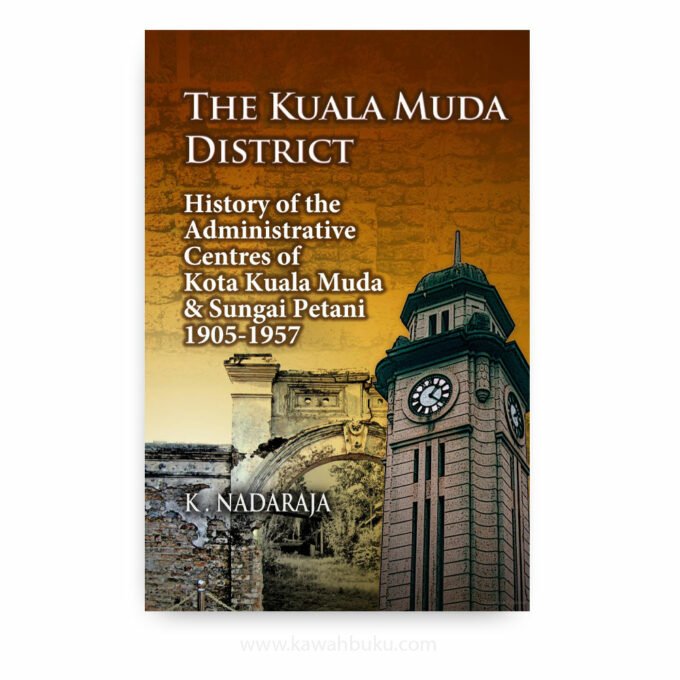
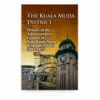
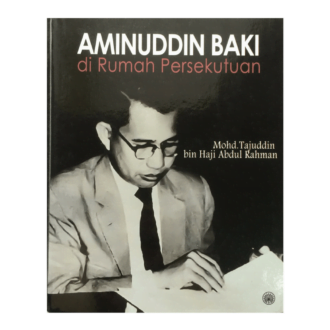


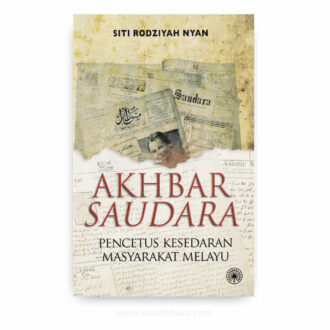

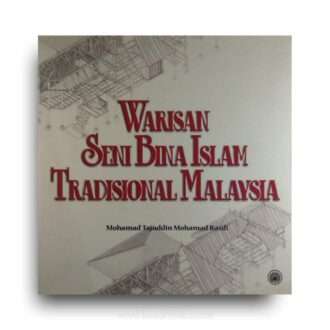


Reviews
There are no reviews yet